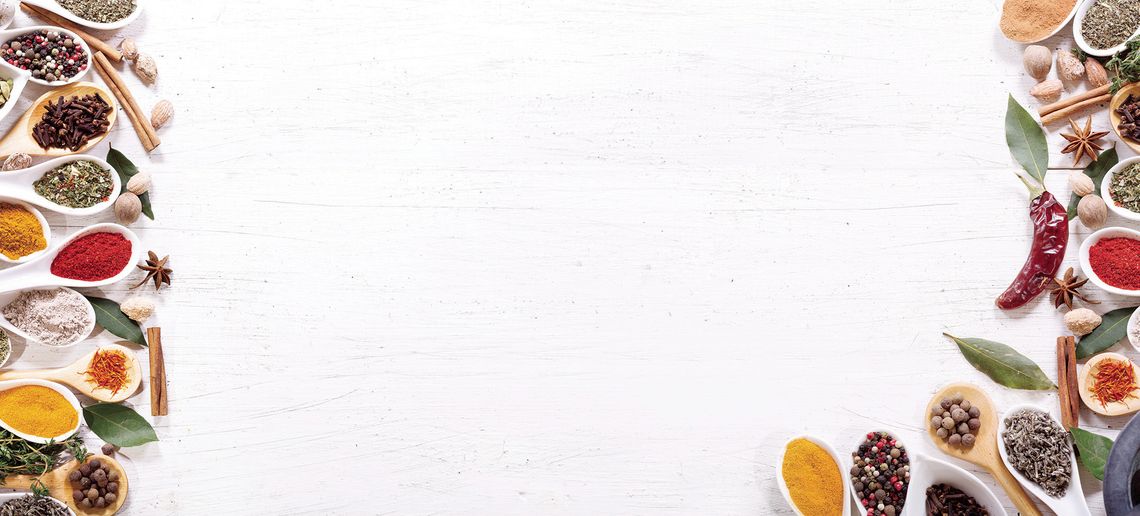There are 40 different spices used in Indian cuisine.
Here are some of the more frequently used spices found in your pantry.
• Turmeric— Turmeric, a ground spice, has an earthy supporting flavor. Of all the spices used in Indian cooking, this one has huge health benefits, and an astounding yellow color. Turmeric is also a great antiinfl ammatory.
PLEASE LOG IN FOR PREMIUM CONTENT. Our website requires visitors to log in to view the best local news.
Not yet a subscriber? Subscribe today!









